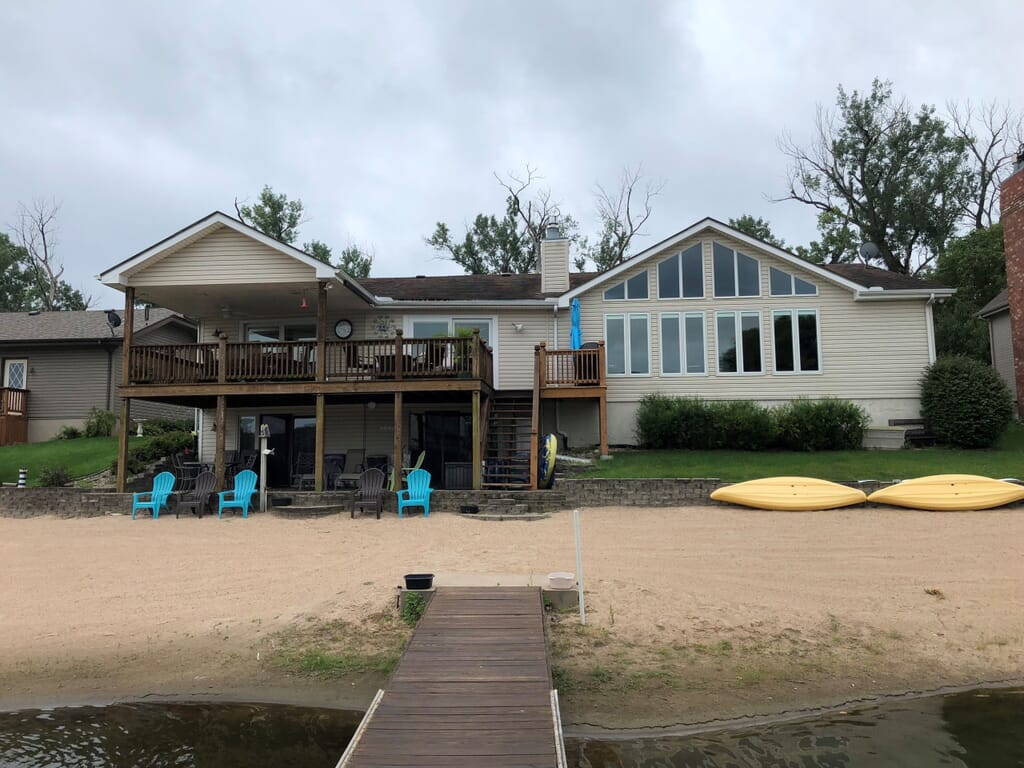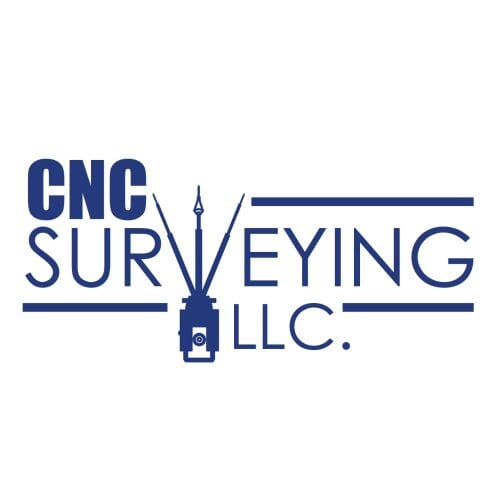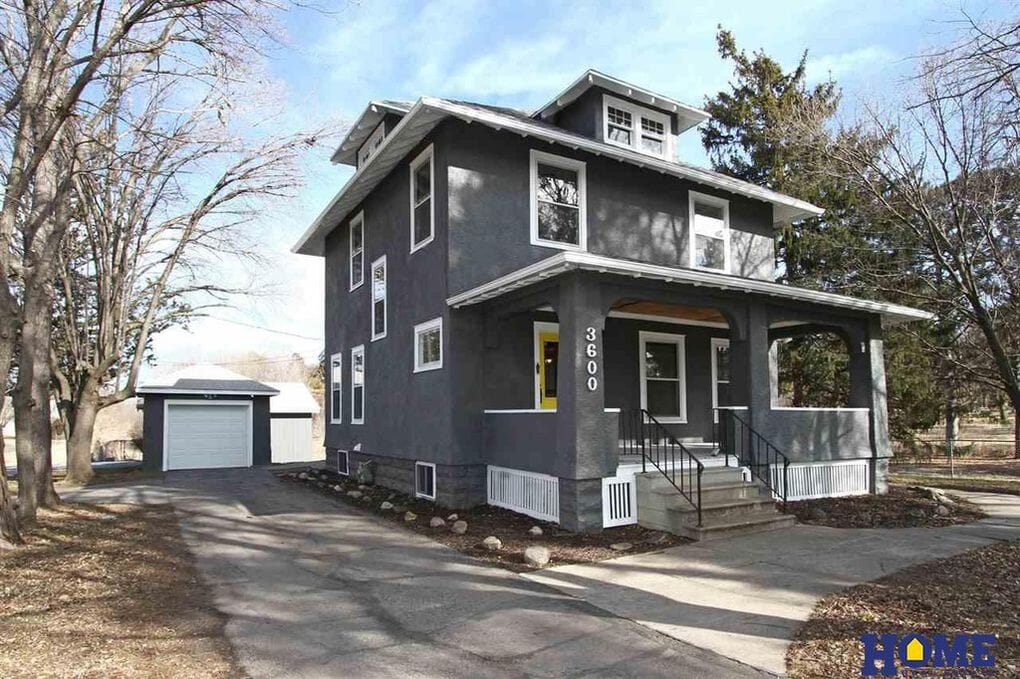FEMA flood related paperwork includes Letters of Map Amendment (LOMA used where existing ground is above flood elevation), Letters of Map Revision (LOMR-F used where ground elevation is filled prior to building construction). and Elevation Certificate (EC used to prove house entry elevations to rate and obtain flood insurance.
Flood Basics
Surveyors, with additional training, are allowed to sign these documents for submittal to FEMA. There are many regulations and details to the rules and regulations that govern the forms.
Homeowners are not required to have flood insurance but mortgage lenders do require insurance that covers catastrophic events.
A 1% or once every 100 years probability is used to govern home ownership, city bridge elevations, and land development stormwater drainage modeling.
1 in 100 is a probability of the flood event. A homeowner could have two 100-year floods back to back for two years. Owning a home for 30 years (typical mortgage) increases the odds of getting flooded to 1 in 3 because of the length of time at risk. While its nice to live near water, better look elsewhere for a house.

Lower Premiums
Mitigation can be done in some situations. Probably the most likely complete failure of a house occurs from groundwater collapsing basements. A smarter way to build is a crawl space with flood openings. Flood vents that allow the passage of water under the house can reduce the risk, and the flood insurance premium.
Before an insurance company can calculate your premium, they need particular information to enter into a computer program. Having a floor elevation below the flood elevation will come with a high risk and high premiums. If you plan to buy a house in a low lying area, valley, river corridor, or shoreline, then first consult a surveyor with FEMA experience.

